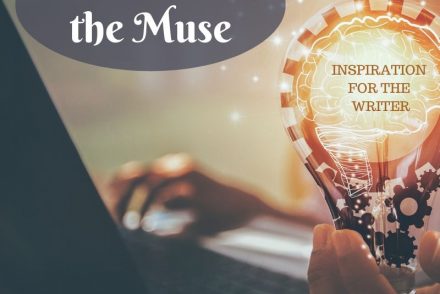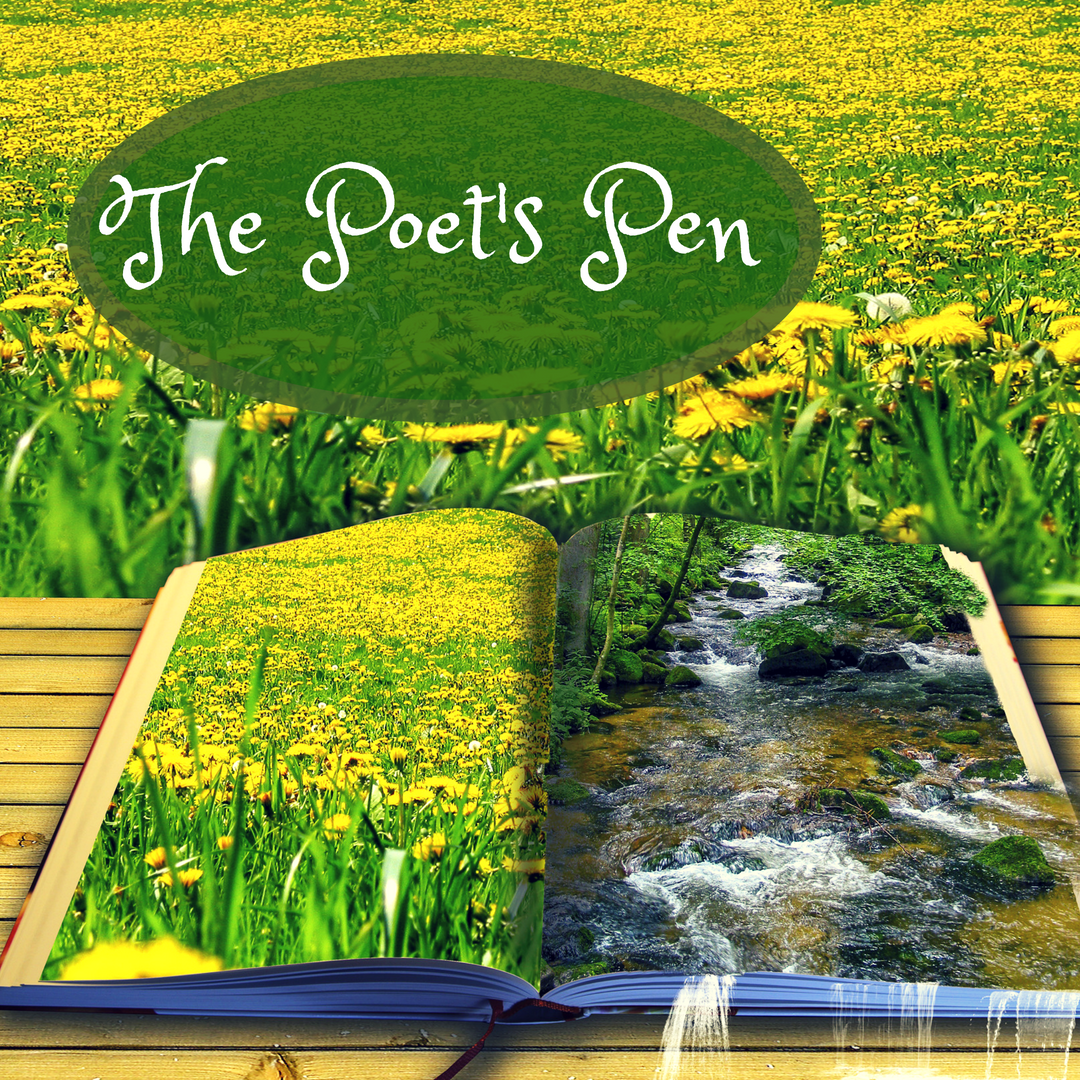
How to Edit Characters
As we continue this editing series how we can develop a great story, I hope you’re able to see…
January 22, 2021
As we continue this editing series how we can develop a great story, I hope you’re able to see…
January 22, 2021
In case you’re unfamiliar with the word trope, let’s define it. A trope is a character trait or plot…
September 23, 2020
The Black Moment. The Crisis. The Breakup. There are many titles for that moment when all seems lost. No…
April 23, 2020
As we continue this editing series how we can develop a great story by having all the layers in…
February 22, 2020
Whether your novel closes on a cyclone-worthy twist, or a conclusion as warm and satisfying as homemade pie, you’ll…
January 13, 2020
Now that a new year is here, I want to start going in another direction. This year’s focus for…
January 4, 2020
Ideas for my stories come from a variety of places. Sometimes I need to think about an idea for…
April 23, 2019
Carmina Figurata or shaped stanza is a picture poem—a poem that forms a picture. In “CAROUSEL” by Jan D.…
July 17, 2018
Ever since I took my first journalism class in high school I’ve heard the age-old debate on how to…
June 29, 2018
Okay. Most of you (myself included) admit it’s challenging and exciting to plan the next book. It must be…
April 22, 2018